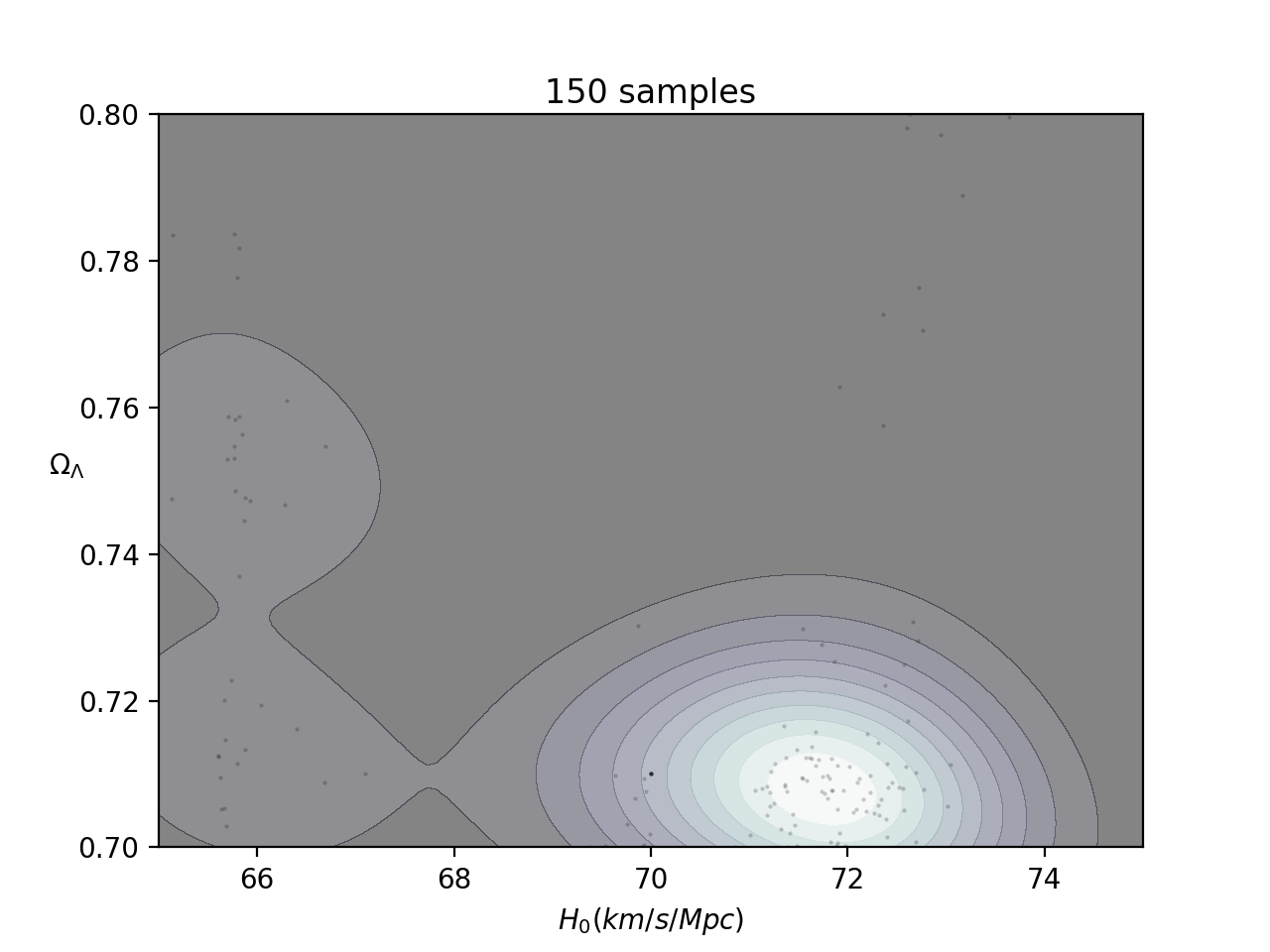How does one measure the curvature parameter $k$ in the FLRW metric? $$ds^2=-c^2dt^2+a^2(t)[\frac{dr^2}{1-kr^2}+r^2d\theta^2+r^2\sin^2\theta d\phi^2]$$ In particular, what is the convenient equation (involving $k$) that is/can be used to measure $k$?
EDIT I'm looking for an answer that will explain the measurement of curvature $k$ with the same clarity as the measurement of spring constant $\kappa$ from the one-dimensional simple harmonic equation $F=-\kappa x$ i.e., having measured the applied force $F$ (can be done with a spring balance may be) and the corresponding displacement $x$ (by a meter rule), one can measure $\kappa$. Similarly, if the equation involving curvature $k$ contains non-trivial physical quantities (such as the components of Riemann curvature tensor etc), I would like to know how each of them is measured.


